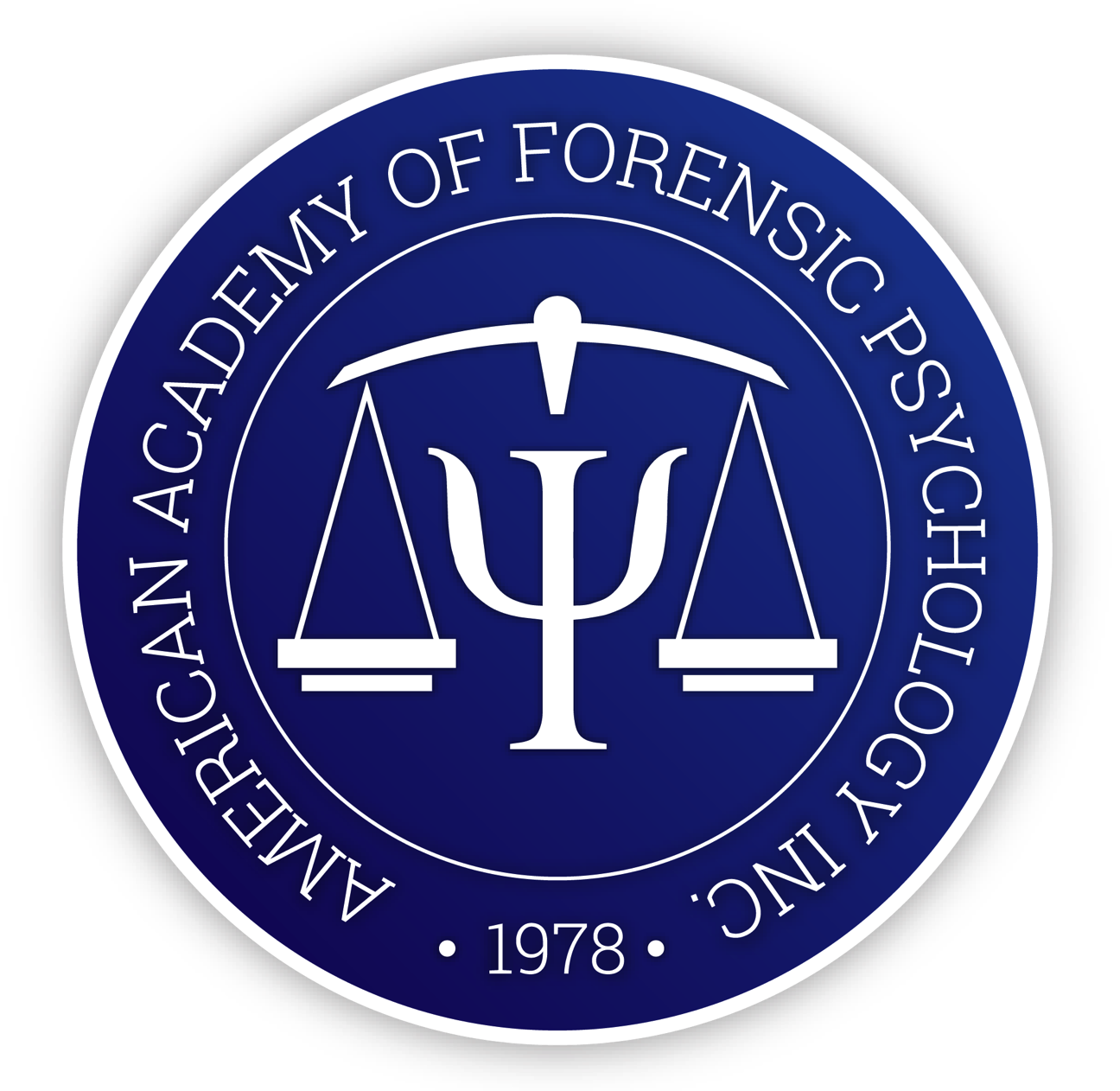4 Hours | 4 CEs
This on-demand professional training program on
Threat assessment professionals and forensic mental health experts face a challenging differential in determining whether a potential violent actor or post-violence defendant suffers from a delusional disorder or is simply radicalized in his extreme religious or political beliefs. An SPJ tool termed “Model of Analysis for Differentiating Delusional Disorder from the Radicalization of Extreme Beliefs–17 Factor" (MADDD-or-Rad-17) is available to aid in systematically distinguishing these cases and in promoting transparency in associated reports and testimony.
In this model of analysis (SPJ), 7 primary arenas of analysis were distilled from scholarship regarding features of delusions and delusional disorder. Seventeen factors are specified for operationally defining and qualitatively describing the 7 primary arenas of analysis. Within each factor, features may be specified that further disaggregate the analysis. This program serves as an orientation to the MADDD-or-Rad-17.

Intended Audience
This on-demand professional training program is intended for mental health and other allied professionals

Experience Level
This on-demand professional training program is appropriate for beginner, intermediate, and advanced level clinicians.

CE / CPD Credit
APA, ASWB, CPA, NBCC Click here for state and other regional board approvals.
Learning Objectives
Upon completion of this program you will be able to:

Describe the diagnostic criteria for delusional disorder

Describe five factors that render the differential between delusional disorders and extreme political beliefs more challenging

Describe seven primary arenas of analysis for making the differential

Describe 17 factors illuminating the seven primary arenas of analysis for making the differential

Curriculum
1. Introduction
2. Orientation and Overview: MADDD-or-Rad-17
3. Need for a SPJ Tool
4. Case Illustration - Christopher Monfort
5. History of Delusional Disorders as Diagnostic Classification
6. Factors Contributing to Diagnostic Divergence
7. Extreme Over-Valued Beliefs (EOB)
8. Social Influences and Diagnostic Constructs
9. MADDD-or-Rad-17 - Applications in Monfort
10. Practice Case - Brian Nichols
Develop a Specialty Area of Practice
Transforming mental health professionals into experts
Expert Instructors
Professional training developed and delivered by the field's leading experts

CE Credit
Earn CE credit for meaningful professional training that will elevate your practice
Convenience & Flexibility
Learn at your own pace, from wherever you might be!
Program Partner
American Academy of Forensic Psychology (AAFP)
We are proud to partner with the American Academy of Forensic Psychology (AAFP) for this training. AAFP is a non-profit organization of board-certified forensic psychologists whose mission is to contribute to the development and maintenance of forensic psychology as a specialized field of study, research, and practice. The Academy does this by providing high-quality continuing education workshops, providing a forum for the exchange of scientific information among its members, and conferring awards upon outstanding students and practitioners in the field of forensic psychology.

CE Sponsorship Information
Palo Alto University, Continuing and Professional Studies (CONCEPT) is approved by the American Psychological Association to sponsor continuing education for psychologists. Palo Alto University, Continuing and Professional Studies (CONCEPT) maintains responsibility for this program and its content. Palo Alto University, Continuing and Professional Studies (CONCEPT) is approved by the Canadian Psychological Association to offer continuing education for psychologists. Palo Alto University, Continuing and Professional Studies (CONCEPT), SW CPE is recognized by the New York State Education Department’s State Board for Social Work as an approved provider of continuing education for licensed social workers #SW-0356 and the New York State Education Department’s State Board for Mental Health Practitioners as an approved provider of continuing education for licensed mental health counselors. #MHC-0073. Palo Alto University, Continuing and Professional Studies (CONCEPT) has been approved by NBCC as an Approved Continuing Education Provider, ACEP No. 6811. Programs that do not qualify for NBCC credit are clearly identified. CONCEPT Professional Training, #1480, is approved to offer social work continuing education by the Association of Social Work Boards (ASWB) Approved Continuing Education (ACE) program. Organizations, not individual courses, are approved as ACE providers. State and provincial regulatory boards have the final authority to determine whether an individual course may be accepted for continuing education credit. CONCEPT Professional Training maintains responsibility for this course. ACE provider approval period: 11/22/23-11/22/26. Social workers completing this course receive (clinical or social work ethics) continuing education credits.


